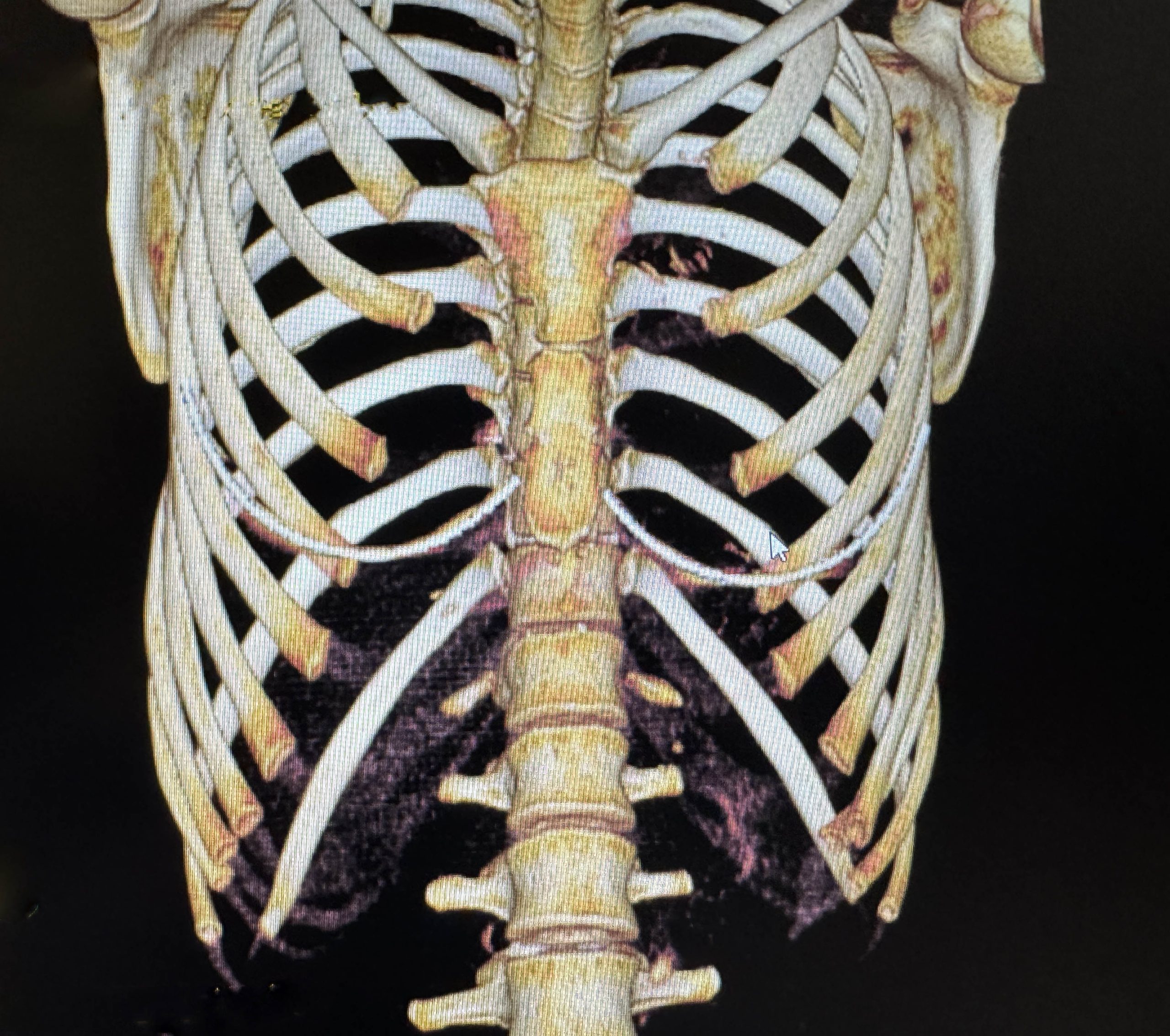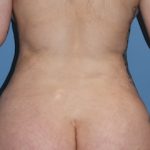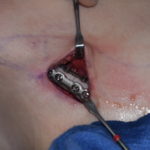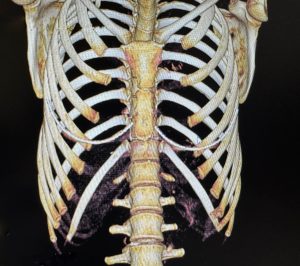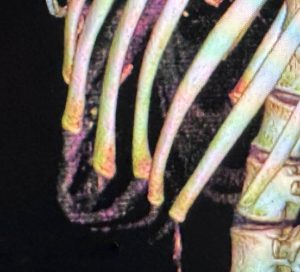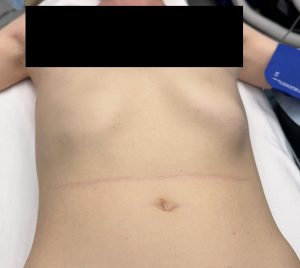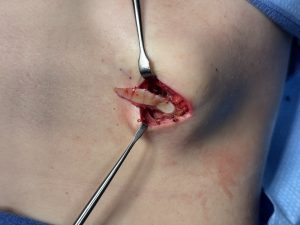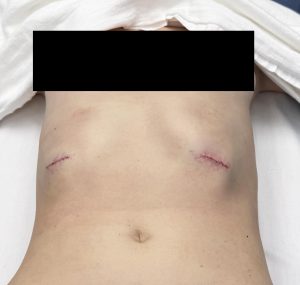Background: The shape of the lower ribcage is created by the union of the cartilaginous components of the false ribs as they wrap around the side of the lower chest and merge into the sternum. These cartilaginous rib lengths and how they merge together creates a lot of variation in the costal margins. The costal margin is well known to be affected in chest well deformities, such as pectus excavatum and pectus carinatum, where the ribs and the costal margin either on one or both sides are pulled upwards and stick out. (rib flaring) But rib flaring or winged ribs is far more commonly seen in isolation with no associated chest wall deformities.
Many cases of rib flare are posturally related. It can occur with a posture that causes the lower ribs to protrude forward and is usually accompanied by breastbone elevation. This is correctable by physiotherapy alone. But rib flare that is structurally based with a normal posture is correctable only by some form of cartilage reshaping/modification. This comes down to two fundamental chondroplasty approaches, rib excision/removal or rib bending/reshaping.
Cartilage removal of rib protrusions of #10, #9 and #8 is done by a small subcostal incision. Due to the location of the pleura of the lung rib removals above #8 have increased risk and external shaving of their outer surface is safer. Rib shaving can be done without removal but a combination of both is usually the most effective. Rib bending is done by weakening of the costochondral junction laterally and a second cut more medially. It relies on the pressure of postoperative banding to move the partially mobilized subcostal flare inward where it can heal and overcome any rib memory. It can the done with open and percutaneous techniques of which currently it is unclear if one approach is better than the other or even if they have similar results.
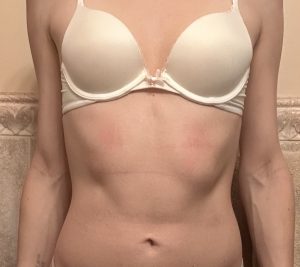
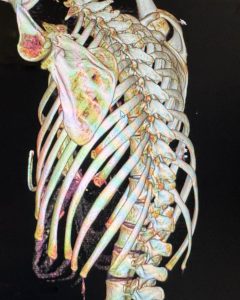
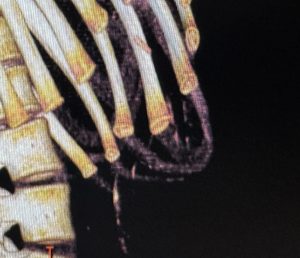
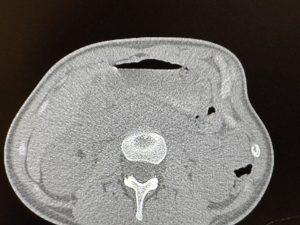
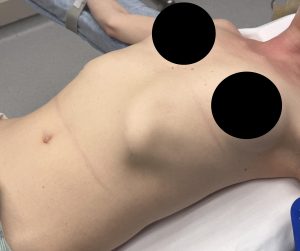
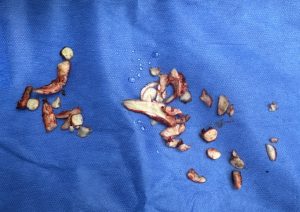
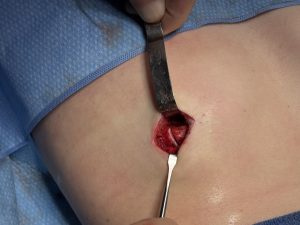
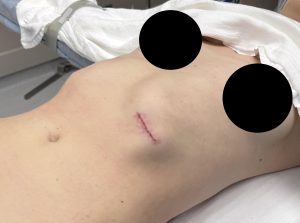
While a subcostal rib flare is not uncommon a subcostal cartilaginous ribcage deformity is. A preoperative 3D CT scan is essential to understand the ribcage anatomy and the source of the subcostal deformities seen. There are a variety of cartilage reshaping techniques from excision, shaving to bending. Each technique has its place and in this patient all three were necessary given the different origins of the deformity.
Key Points
1) Subcostal flare and a subcostal deformity are different anterior lower ribcage issues that are treated differently. This patient example has both.
2) An abnormal subcostal protrusion is part of an overall ribcage deformity that Is a collection of anomalous cartilage overgrowths for which excision reduction is the primary treatment method.
3) Subcostal flare is the excessive projection of the lower ribcage which can be treated in some cases with cartilage weakening and postoperative banding for its reduction.
Dr. Barry Eppley
World-Renowned Plastic Surgeon

